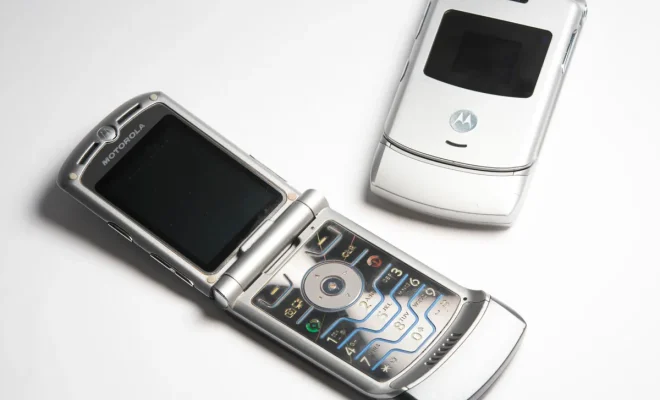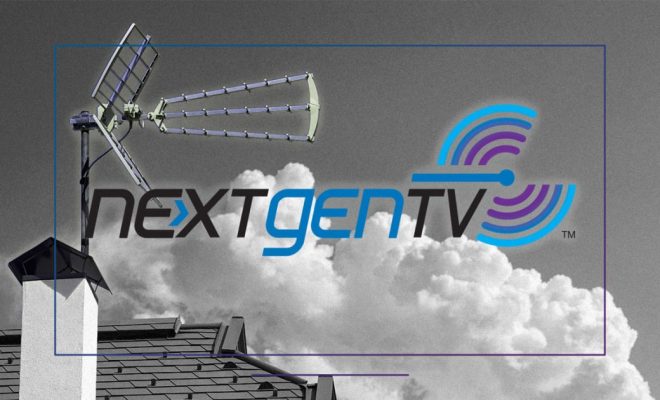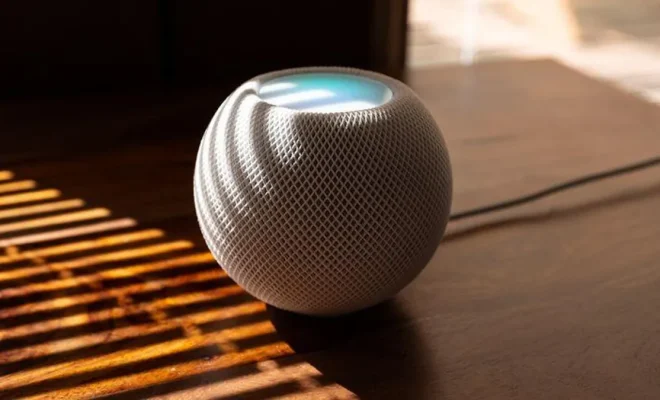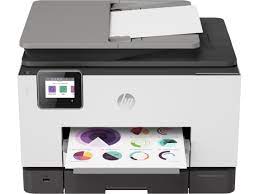Motorola Razr showdown: Original V3 vs. the new foldable screen one

The Motorola Razr has been an iconic phone for decades, with its sleek design and classic flip-phone style captivating the hearts of many. But as technology evolved, flashy new gadgets replaced the beloved Razr as the go-to mobile device. Yet, nostalgia prevailed, and Motorola decided to revive its legendary creation, this time with a foldable screen twist. In this article, we’ll compare the original V3 Razr with the new foldable screen edition, examining how technology has transformed this classic phone.
Design
The original V3 featured a slim and lightweight clamshell design that was undeniably stylish for its time. Its metallic finish gave it a premium look, while its flat keypad offered an interesting aesthetic appeal. The phone had a small secondary screen on the front for notifications.
In contrast, the new foldable Motorola Razr combines modern innovation with nostalgic flair. The phone’s exterior is adorned with a touch-enabled Quick View display for checking notifications without unfolding the device. When unfolded, users are greeted by a 6.2-inch pOLED foldable screen that closes seamlessly like its predecessor.
Performance and Specifications
At its time, the V3 was no slouch when it came to performance; users enjoyed clear call quality and good reception. However, it did not possess all the advanced features found in today’s smartphones.
The foldable Razr packs quite a punch for such a slim device. Powered by a Qualcomm Snapdragon 710 processor and 6GB of RAM, it delivers satisfactory performance levels for everyday tasks and applications. With 128GB of onboard storage and impressive battery life, it leaves few wanting more.
Operating System and Features
Running on Java-based software back in 2004, the V3 seemed cutting-edge at that time with options such as photo editing, voice commands, Bluetooth compatibility, wallpapers, and more.
The new Motorola Razr comes with an Android 9 Pie operating system, which provides access to millions of apps through the Google Play Store. In terms of camera quality, it’s a massive leap forward from the V3 with its 16MP rear camera and5MP front-facing camera. The foldable Razr is also equipped with a fingerprint sensor for an added layer of security.
Price
When the V3 was released, it was priced at around $500, which adjusted for inflation would amount to about $680 today. The phone was considered quite expensive – even slightly outrageous – for its time.
On the other hand, the foldable Razr is priced at an eye-watering $1,499, making it a luxury item in today’s market. While you get a taste of innovative technology and nostalgia, it might not be suitable for buyers on a budget.
Conclusion
The Motorola Razr has always been an iconic device in the mobile phone landscape. Comparing the original V3 with its modern foldable counterpart highlights how far technology has come over the years. With vastly enhanced performance and features in the new iteration, it’s safe to say that Motorola has successfully redefined its classic creation for a new generation. However, nostalgia comes at a price; therefore, consumers must weigh their options before splurging on this revamped icon.






